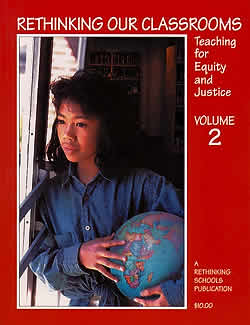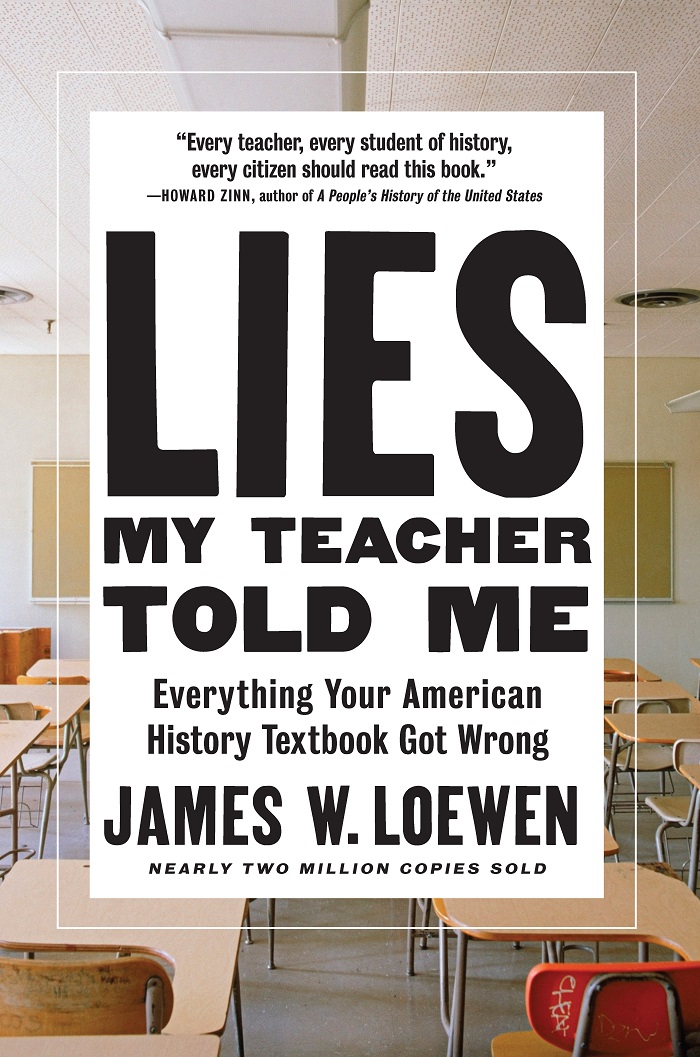
The U.S. Constitution has been called one of the great documents of human history. In my own schooling, however, I recall the study of the Constitution as a source of great boredom. Sterile descriptions of the three branches of government dominated much of the study of that period each time I was cycled through American history — in 5th, 8th, and 10th grade. U.S. history textbooks gave the Constitution considerable space and probably share blame for the lifeless rendition of what was undoubtedly a very exciting time in our nation’s history.
It was only years later when I returned to the classroom as a teacher that I realized the Constitution’s importance and its potential as a learning tool. In fact, the study of the American Revolution and the struggle over the Constitution in my 5th-grade classroom helps set the basis for the rest of the year. I pose questions such as: Who benefited most (and the least) from the American Revolution? Who wrote and ratified the Constitution for the new nation? Who benefited most (and least) from the Constitution? Since the Constitution was finally ratified in 1787 how have people struggled to expand the democratic impulses of the American Revolution?
NOTE: This lesson is currently being updated. Complete this short form if you would like to be notified when it is available again.

 This lesson was originally published by Rethinking Schools in Rethinking Our Classrooms, Volume 2: Teaching For Equity and Justice. For more lessons like “Rethinking the U.S. Constitutional Convention: A Role Play,” order Rethinking Our Classrooms, Vol. 2 with a rich collection of from-the-classroom articles, curriculum ideas, lesson plans, poetry, and resources — all grounded in the realities of school life.
This lesson was originally published by Rethinking Schools in Rethinking Our Classrooms, Volume 2: Teaching For Equity and Justice. For more lessons like “Rethinking the U.S. Constitutional Convention: A Role Play,” order Rethinking Our Classrooms, Vol. 2 with a rich collection of from-the-classroom articles, curriculum ideas, lesson plans, poetry, and resources — all grounded in the realities of school life.








This lesson is fun. I am homeschooled and I am writing the roles for each person. Great way to learn about the people of the time.
This is a great lesson! I am going to use this in my fifth grade.